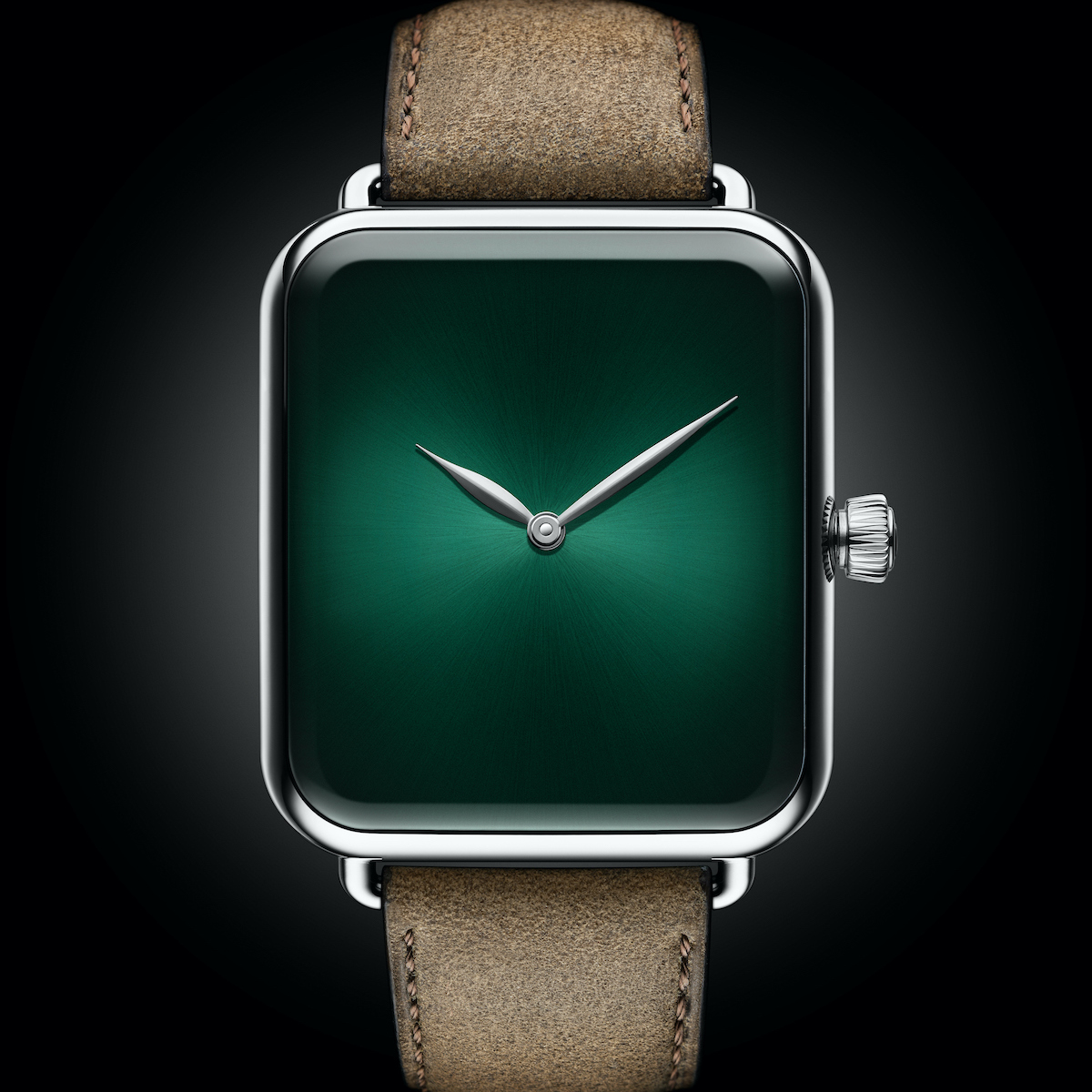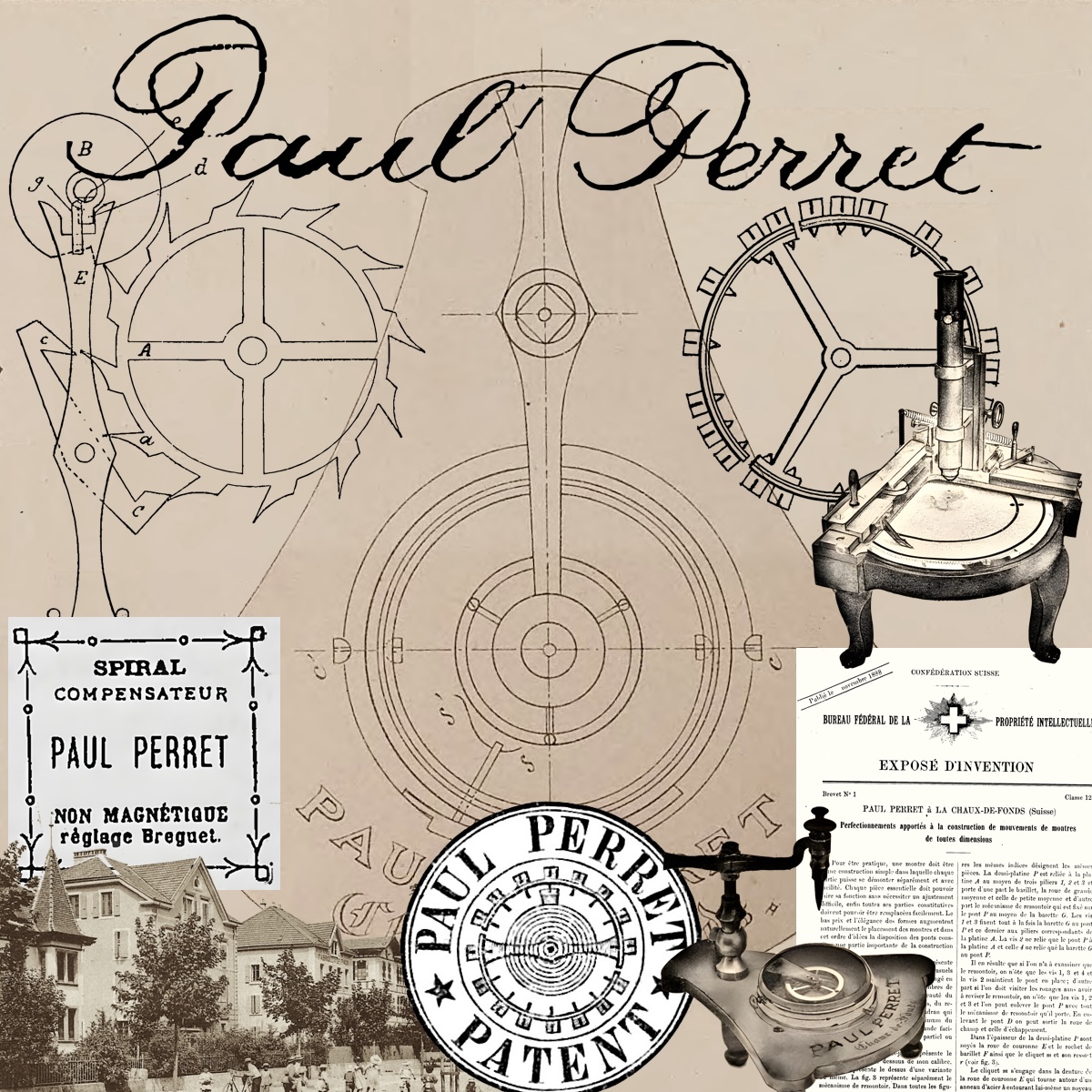Grail Watch isn’t just a blog anymore! Today I’m officially launching Grail Watch Reference, a site full of technical information about watches for horology nerds like me. It’s a database of watch movements, with official information organized into a standard format for research. I will continue to write here on the blog, and on Instagram and Facebook, and will continue to contribute to Watch Wiki. Each site has its own purpose and audience.
Imagine you see a new watch on offer but the maker isn’t clear about the movement used. Is it based on the venerable ETA 2824? Or is it a Miyota? Or a Valjoux? It can be difficult to know what you are looking at! That’s what Grail Watch Reference is for. It is a searchable database of watch movements, organized to help uncover the relationships between these critical components.
Grail Watch, Twitter, Facebook, and Watch Wiki
When I launched the Grail Watch blog, it was intended to be a place for me to write about interesting watches I found for sale. Over time it has morphed into a more traditional blog, where I write mainly about interesting topics in horology, though I also like to point out cool watches I find. These days I mainly post those directly to our Twitter and Facebook pages, however, since that seems to be a better place for people looking to buy. Instead, Grail Watch is a place for me to create narratives of important watch models and topics in the industry.
Even before I launched the blog, I was actively involved at Watch Wiki, helping to organize and explain the watch industry. Like its namesake Wikipedia, Watch Wiki is a joint effort to create an encyclopedia of horology. It was started years ago by well-known horology expert Gerd-Lothar Reschke, and my work is focused on the English language version.
I use both of these sites as a base for my research into the watch industry. Over time I found I needed something more, however: A place to organize my investigation into watch movements and the relationship between them.
Introducing Grail Watch Reference
Grail Watch Reference is my watch movement reference library:
- It is focused entirely on watch movements (“calibres”)
- All of the information is based on official information sources (as are the images)
- It is highly structured to allow interactive searching
I came up with the concept out of necessity: As I was reading about watch models, I found myself wanting to know more about the movements used. As the industry moves to disguise the source of the key technology of their watches, I needed a way to organize information about these critical components. It had to be authoritative, searchable, and flexible.
I began by creating a structure to describe watch movements, a database schema to organize the key attributes. This includes their complications, dial-side features like hands and windows, and back-side features like the location of the balance wheel. It also includes dimensions, anti-shock and regulation devices, and much more. Each movement is identified by its maker and production period as well, and I organize them into families based on similar design.
I am also describing each movement in detail, recording additional context as I discover it. This includes a basic description as well as deeper information about the history, design, and uses of the movement. Where possible I will be listing which watch models use a particular movement as well. And I’m working to include information on the operation of the movement, too, including the various functions and complications.
One unique element of the site might not be visible at a glance: I am generating a schematic of the dial using structured data about the movement. See that illustration of the locations of the hands and windows of this Rolex Day-Date movement? It’s automatically generated based on my data entry. The same is true of the Distinguishing Technical Characteristics list and the production chronology above the text. All of this is searchable too!
Another key factor for Grail Watch Reference is that it is based entirely on official or verifiable sources. I’m not just dumping in hearsay from a forum or collector; if a piece of information is listed on the site it came from official documents or professional first-hand accounts, such as magazine or reputable blog coverage. As I researched watches I noticed that there is a lot of bad information out there. Grail Watch Reference won’t contribute to this problem! I’m also limiting myself to official images and illustrations rather than taking photos from the Internet.
It’s also important to note what this site is not: It’s not intended for watchmakers seeking deeper technical details on historic movements: That’s what the Ranfft Pink Pages are for. It’s also not a catalog of current watch models like Watchbase, a social blog like Caliber Corner, or an encyclopedia like Watch Wiki. It’s simply a place for me to record authoritative information as I uncover it. I love these sites, though, and will link to them from my movement entries, along with links to the manufacturer page and other references. I hope that they will do the same!
Look It Up on Grail Watch Reference
I soft-launched Grail Watch Reference a few months back, and it has already attracted quite a bit of attention and traffic. I’m sure it will be useful for people like me searching for authoritative information and seeking to discover more about the movements inside the watches they are looking at.
You can use the Reference site right now! Just head to the Watch Movement Database and enter the relevant information, or use the Search box. You can query things like column wheel chronographs or movements from a specific brand like ETA, Rolex, or Seiko. You can also make more esoteric queries, like movements with small seconds at 3:00 or movements with a balance wheel at 5:00 when viewed from the back.
Thanks for reading the Grail Watch blog, and for your interest in Grail Watch Reference! Connect with us on Twitter, Instagram, or Facebook and let us know what you think!









I have a Casio mudmaster and plan on traveling to Albuquerque, flying of course. Will my watch with all of its calibrated internal parts gets screwed up going through scanners? Please help.
Stephen —
Good on you! The other sites are quite frankly a disappointment when it comes to actual technical detail or interesting history and engineering issues.
i think that the mechanical movement industry is going in interesting directions: newer production and design technology is opening new envelopes of accuracy and durability. Sellita, ETA, Seiko and Orient have never made better movements (Miyota too i suppose) but there is a real need to authoritatively get the word out about their features.
i have two Powermatic 80 watches and they are, ah, somewhat of a mixed bag: yes 80 hr reserve (hurray!) but essentially non-consumer-regulatable. ETA claims that it doesn’t need regulation; mine could use a bit of it.
An informed discussion of these trade-offs would be helpful for this movement and others newer movement innovations. Even older designs built with current production technologies have improved: i have a new 7753 that, frankly, could hardly be improved upon. I strongly suspect that this reflects newer production techniques and tolerancing but is that really true, or was i just lucky?
— gary